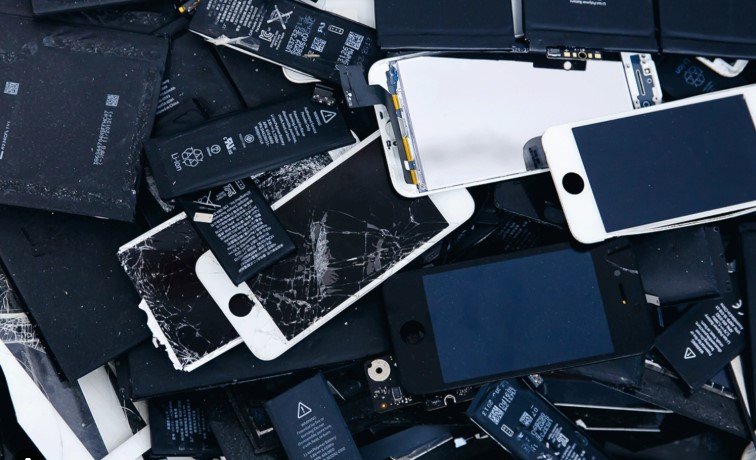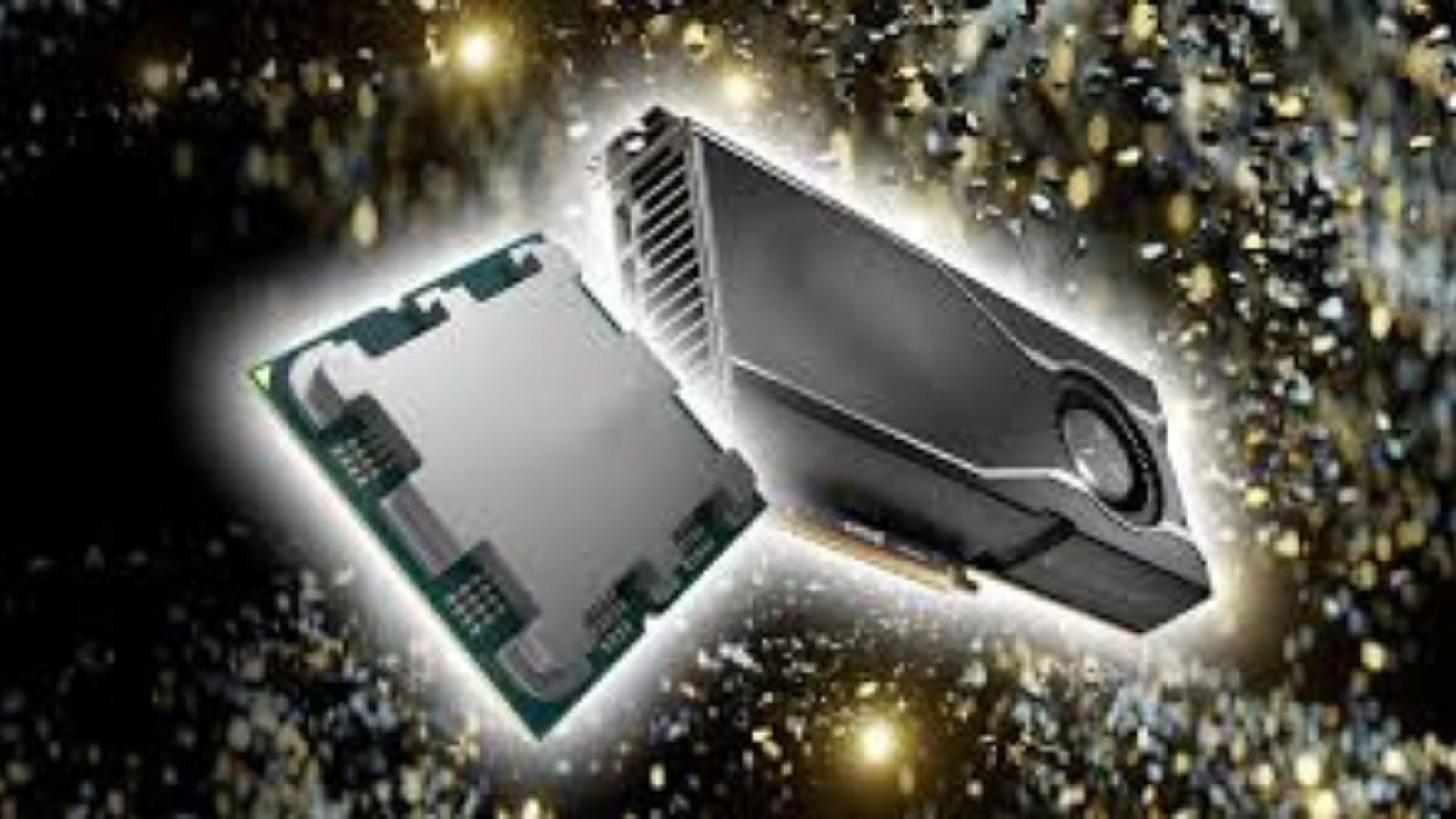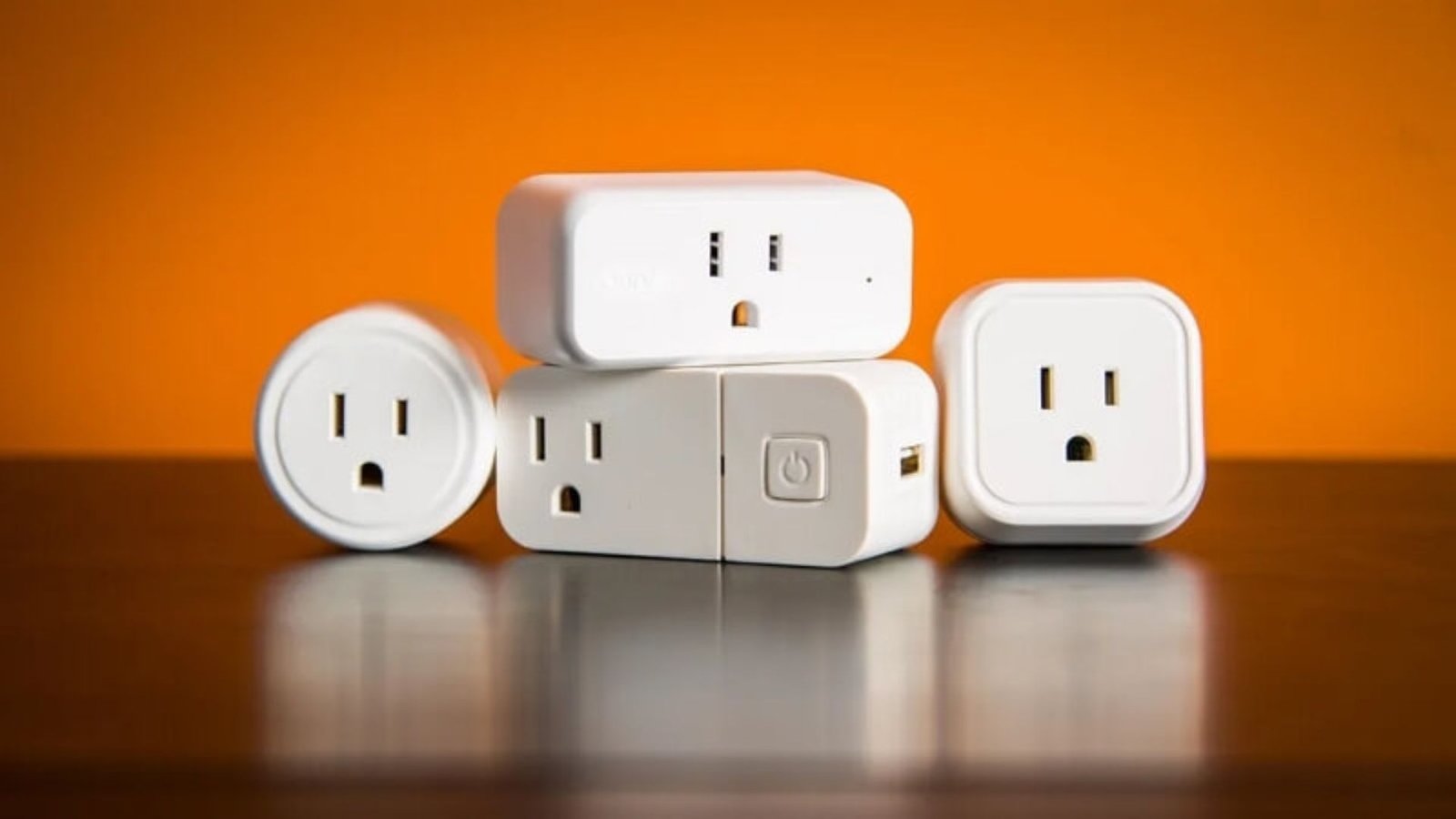Recycling and reusing old electronics is essential for both environmental sustainability and resource conservation. Electronics contain valuable materials like metals, plastics, and rare earth elements that can be recovered and used again. In this post, we’ll explore practical tips for recycling and reusing your old electronics, ensuring they don’t end up in landfills and contribute to pollution.

1. Identify Recyclable Electronics
The first step in recycling old electronics is to identify which items can be recycled. Many electronics are recyclable, including smartphones, laptops, televisions, and even old printers. It’s important to check the manufacturer’s guidelines or the recycling program’s requirements to ensure proper disposal.
Recycling centers often have specific instructions on which products they accept. Some may even offer services to collect your unwanted items. Many electronics also contain hazardous materials, such as batteries and certain chemicals, which need to be properly handled. Always ensure you are recycling these items at a certified e-waste facility.
2. Erase Personal Data Before Recycling
Before sending your electronics to a recycling center, it is crucial to remove all personal data. Whether it’s a phone, tablet, or laptop, storing sensitive information can lead to security risks if it falls into the wrong hands. Wipe your devices clean by using a factory reset or data-erasing software.
For computers and phones, ensure that all files, including personal documents, images, and passwords, are deleted securely. If you are unsure about the process, consider consulting a professional to help erase the data completely. Taking this extra step helps protect your privacy while allowing the electronics to be safely recycled.
3. Donate or Sell Reusable Electronics
If your electronics are still in good working condition, consider donating or selling them before recycling. Many organizations accept old electronics for reuse, especially for those in need. Nonprofits, schools, and community centers may appreciate devices like computers or smartphones that can still be used.
Selling or donating your electronics also helps extend their life cycle, reducing the demand for new products. Several online platforms make it easy to sell old items, or you can visit local electronics stores that offer trade-in programs. By reusing devices, you give them a second life, contributing to sustainability.
4. Repurpose Old Electronics for New Uses
In addition to donating or selling old electronics, another excellent way to reuse them is by repurposing them for new functions. You can transform old computers into media centers, use old smartphones as security cameras, or turn an old television into a digital picture frame. The possibilities are endless.
If you’re feeling creative, consider experimenting with DIY projects. For instance, you can use old computer parts to build a robot or create a unique lamp from discarded circuit boards. Repurposing electronics not only reduces waste but also allows you to get creative with the materials you already have at hand.
5. Work with Certified E-Waste Recycling Programs
To ensure your old electronics are disposed of properly, work with certified e-waste recycling programs. These programs adhere to environmental standards and focus on reducing the harmful impact of electronic waste on the planet. They safely dismantle and recycle the materials, recovering valuable metals and ensuring hazardous substances are disposed of responsibly.
Many local governments or recycling programs provide information about certified e-waste recycling centers. Some even offer convenient drop-off locations or pick-up services. By choosing certified programs, you help promote the circular economy and ensure your old electronics are disposed of in an environmentally friendly manner.
Conclusion
Recycling and reusing old electronics are crucial steps toward a more sustainable future. Whether you choose to recycle, donate, repurpose, or sell your devices, each action contributes to reducing electronic waste and conserving resources. Always make sure to erase personal data before disposal and work with certified programs to ensure the safe and responsible handling of your old electronics. By adopting these practices, you help protect the environment while giving your devices a second life.











